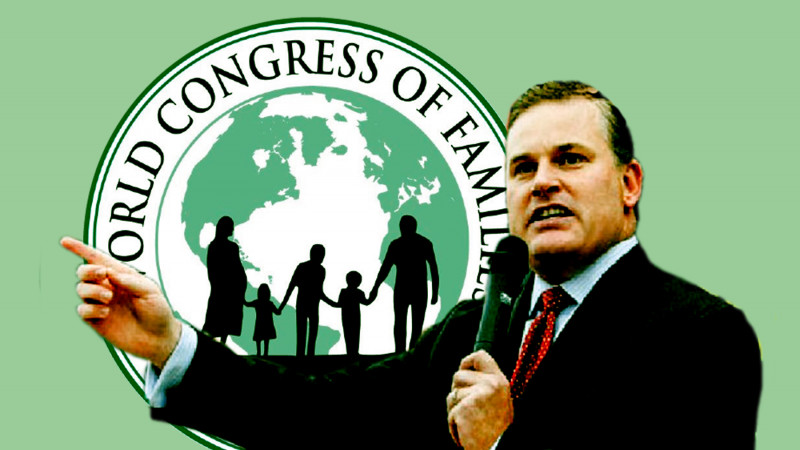Nazi Germany and Homosexuality
The most severe repression of homosexuals in the 20th century occurred between 1933 and 1945 in Nazi Germany. During this period, the Nazis sought to regulate "masculine" sexual behavior to ensure male dominance in society. Measures against homosexual men were implemented in the harshest ways. Even a simple kiss or hug could be considered a crime. If it was discovered that a member of the SS (Schutzstaffel) was homosexual, they were sentenced to death. Civilian individuals accused of homosexuality were sent to concentration camps (Konzentrationslager).
After the Nazis came to power, the Third Reich began persecuting homosexual men, and in 1933, homosexuals and transvestites were, for the first time, categorized and sent to the Fuhlsbüttel camp. On November 13, 1933, during a high-level meeting of Hamburg’s City Administration, police authorities were instructed to "pay special attention to transvestites and, if necessary, send them to camps."
The police were ordered to eliminate homosexual subcultures. Prior to the Third Reich, Germany, particularly Berlin, was considered the center of Europe's emerging gay culture. Some researchers and historians writing about the history of homosexuality have even suggested that it was "discovered" by Germans. Octave Mirbeau, writing about this "discovery," noted that Germans "were not content with merely being pederasts, unlike in other parts of the world." He continued, "They must invent homosexuality... They study pederasty as if it were an epigraphic science."
During the Nazi era, not only public spaces but also individuals were scrutinized, investigated, and surveilled.
References
[1] Timpke, Studien zur Geschichte der Konzentrationslager (Stuttgart, 1970), p. 18
[2] Octave Mirbeau, Berlin-Sodome in La 628-E8, Paris, 1907.
Powered by Froala Editor



